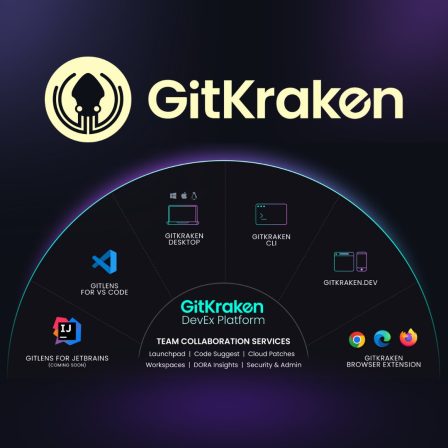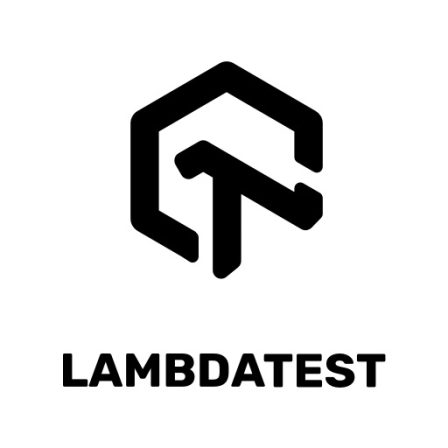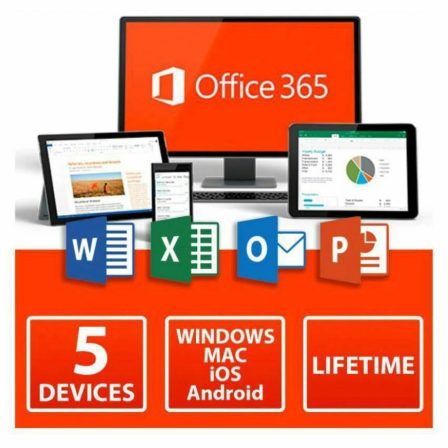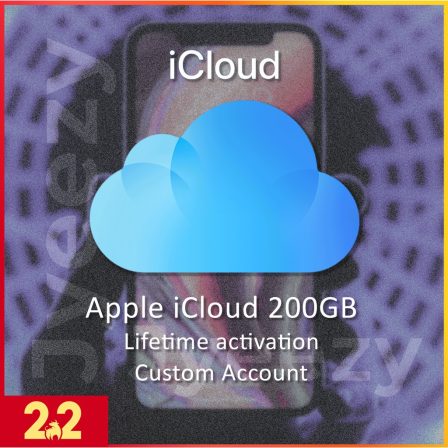There is no item in your cart
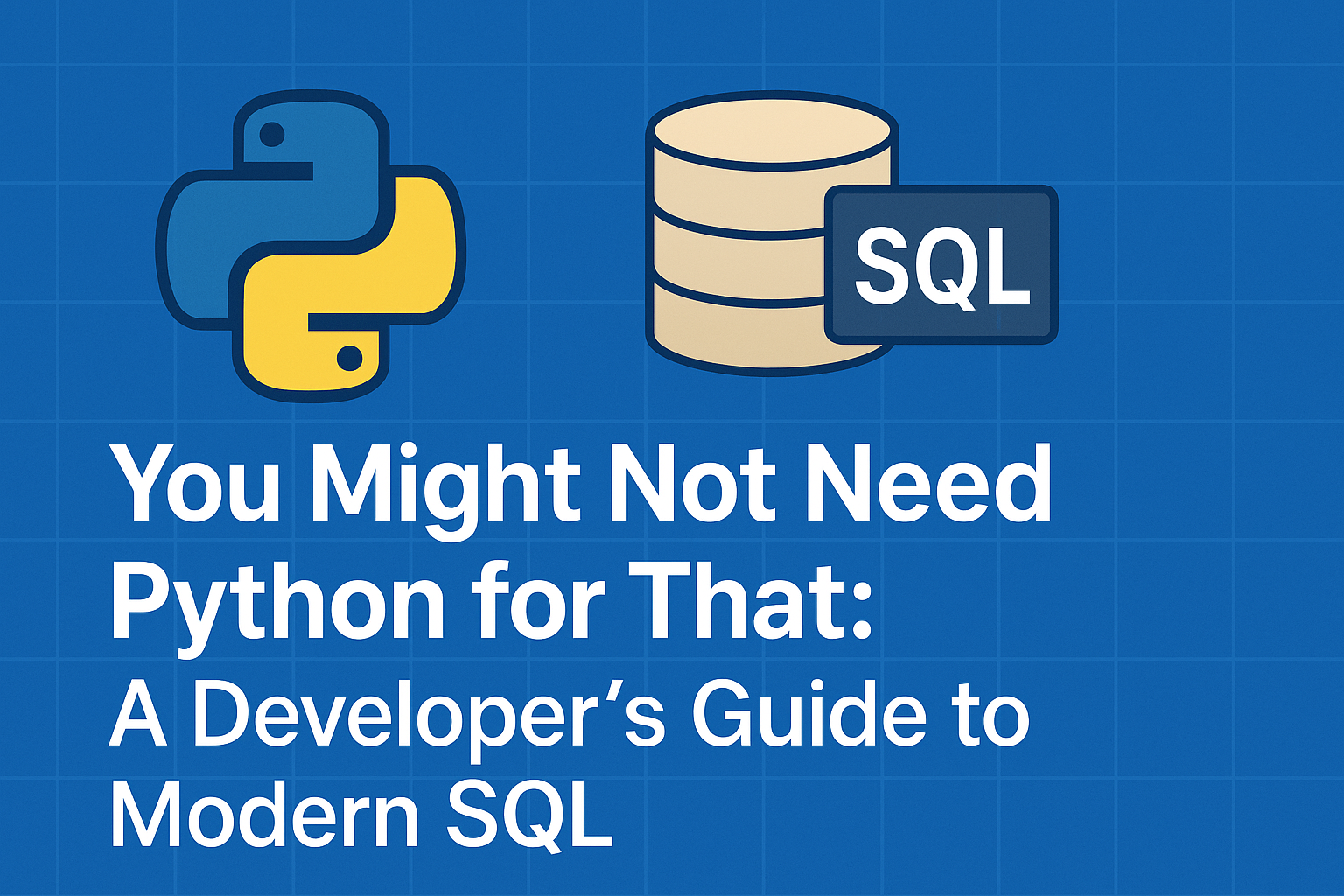
You Might Not Need Python for That: A Developer’s Guide to Modern SQL
For many application developers, SQL is a simple tool for a simple job: SELECT * FROM users. We pull the raw data out of the database as quickly as possible, then use a powerful language like Python with the Pandas library to do the “real” work of filtering, transforming, and analyzing it.
But what if the database itself is the best place to do that work? In the last several years, powered by advanced data warehouses and new ANSI SQL standards, SQL has evolved into a remarkably powerful, full-featured data manipulation language. Pushing more logic into the database can simplify your application code, reduce data transfer, and often run orders of magnitude faster. This guide will introduce you to a few modern SQL features that might make you rethink your data-processing pipeline.
1. Thinking in Steps with Common Table Expressions (CTEs)
If you’ve ever written a query with multiple, nested subqueries, you know how quickly they become unreadable. Common Table Expressions (CTEs), defined with the WITH clause, solve this. They allow you to create temporary, named result sets that you can reference later in your query. This lets you break down a complex problem into logical, readable steps.
SQL
WITH
active_users AS (
SELECT user_id FROM users WHERE last_seen > '2025-01-01'
),
recent_orders AS (
SELECT user_id, COUNT(*) as order_count FROM orders WHERE created_at > '2025-01-01' GROUP BY user_id
)
SELECT u.name, ro.order_count
FROM active_users au
JOIN users u ON au.user_id = u.id
JOIN recent_orders ro ON au.user_id = ro.user_id
WHERE ro.order_count > 5;
2. The Superpower of Window Functions
This is where modern SQL truly shines. Window functions perform a calculation across a set of table rows that are somehow related to the current row.
- The Problem: Find the top 3 best-selling products within each category.
- The Old Way: You would pull all sales data into your application, then write complex loops and sorting logic.
- The Modern SQL Way:SQL
SELECT product_name, category, sales FROM ( SELECT product_name, category, sales, ROW_NUMBER() OVER (PARTITION BY category ORDER BY sales DESC) as rn FROM product_sales ) WHERE rn <= 3;Functions likeROW_NUMBER(),RANK(),LAG(), andLEAD()unlock a new level of analytical power directly within the database.
3. Querying JSON Like a Pro
Modern databases like PostgreSQL have excellent support for storing and querying JSON data directly.
- The Old Way: Pull a huge JSON blob into your application, parse it, and then process it.
- The Modern SQL Way: Use built-in JSON operators and functions (
->,->>,jsonb_path_query) to extract values, filter by keys, and even aggregate data from within your JSON documents, all on the database server.
Conclusion
Modern SQL is an incredibly powerful tool that is often underutilized by application developers. Before you reach for a heavy data processing library, ask yourself: “Can the database do this for me?” More often than not, the answer is yes—and it will probably be faster and more efficient. By pushing computation closer to the data, you can build leaner, more powerful applications.
Unlocking the full power of modern SQL requires a first-class client that understands its syntax and can help you visualize the results. A professional database GUI like [Navicat Premium] or [SQLGate] is essential. They provide powerful query builders, autocompletion for modern functions, and the ability to easily analyze the results of your complex queries. Explore the best database tools for modern developers at SMONE.


